Stepping out of a warm shower into a chilly bathroom can be an unpleasant way to start the day. Bathroom heating has become increasingly popular to provide a comfortable environment for all your bath and grooming needs. Electric radiators offer an efficient, convenient, and affordable heating solution specifically suited for small damp rooms like bathrooms.
Electric radiators have surged in popularity for bathroom heating in recent years due to their sleek and modern designs, high energy efficiency, and ability to quickly provide targeted warmth right where you need it. They are safer and easier to install than unattractive old space heaters. Unlike central heating systems that heat an entire home, electric bathroom radiators allow you to heat only the small space you actually utilize.
This article will cover everything you need to know about installing and using an electric radiator to warm up your bathroom. Whether you want to toasty things up on chill mornings or are looking for a renovation project, read on to learn if an electric radiator is the right heating solution for your bathroom.
What Are Electric Radiators?
Electric radiators are units that utilize electricity to heat up specialized oil or ceramic layers inside the equipment. This heat is then dissipated into the surrounding air through convection without any open flames, burning, or combustion. They come in a wide variety of styles including towel warmers, panel heaters and more.
Key Differences from Traditional Heating Systems
Unlike centralized furnaces or boilers that use circulating hot water or streaming air, electric wet room radiators provide localized spot heating. They do not require expensive ductwork or pipe systems running throughout a building. Electric heating also does not rely on burning fuels that can generate indoor air pollution. Their self-contained, standalone design makes them convenient and affordable to install in existing rooms.
How Electric Radiators Work in Bathrooms
Ideal for small damp spaces like bathrooms, electric radiators use relatively low wattage to rapidly warm people and objects directly in their vicinity. Instead of heating the entire bathroom volume which wastes energy, they focus heat where it’s needed most. Thermo-responsive controls allow customization of output.
Common Misconceptions About Electric Radiators
Many assume electric heating costs more than gas or oil furnaces. But small electric space heaters can be more efficient than running an entire central system. Convection models with sealed elements also minimize safety risks associated with steam or open-coil heaters. Modern electric bathroom radiator options are much improved from outdated or makeshift designs.
The Benefits of Electric Radiators for Bathroom Heating
Getting an electric radiator as bathroom radiators offers numerous benefits. Let’s deep dive and look at few of the most prominent benefits out of them.
Efficient Heating Solutions for Bathrooms
Fast and Effective Heating in Small Spaces
Unlike central heating systems designed to warm entire homes, electric bathroom radiators are optimized for quickly and efficiently bringing small enclosed rooms up to comfortable temperatures. The best units can start producing heat in seconds, providing warmth right where you need it without wasting energy heating unused spaces.
Energy Efficiency Compared to Traditional Heating Methods
Because of their targeted heat capabilities, electric wet room radiators use less power than legacy furnaces and boilers to achieve similar perceived warmth. Thermostatic controls also allow better customization of output for energy savings versus always-running centralized systems. Electric heating avoids combustion byproduct waste and does not lose heat through extensive ductwork like forced air. Hence, you don’t need to worry about your energy usage when using these bathroom heating solutions.
Low Maintenance and Easy Installation
No Need for Plumbing or Complex Installation
Without hot water lines or ventilation requirements, electric radiators provide plug-and-play simplicity. Basic electrical connections can be handled by many DIYers. They require no costly or complex installations - a major perk for renters or those with finished bathrooms. Their self-contained designs also facilitate moving or repositioning.
Simple Controls and Ease of Use
Programmable and smart thermostat settings allow customized heating schedules. However most units work perfectly fine with simple built-in adjustable dials. Just turn on and tweak to rapidly warm your bathroom. This simplicity makes them great for children and elderly users.
Versatility in Bathroom Design
Available in Various Designs, Sizes and Finishes
From compact mini radiators to larger decorative towel warmer racks, electric heating comes in range of shapes to seamlessly blend into any bathroom aesthetic. Neutral colors or contemporary metals fit modern styles while ornate finishes complement classic decors. Slim depths allow mounting even in tight spaces.
Can Complement Different Bathroom Styles
Electric radiators provide flexibility to harmonize with your bathroom theme. Vertical column or horizontal strip formats suit both traditional and avant-garde layouts. Towel warmer racks mix elegantly into luxury spa-like environments. For small powder rooms, unobtrusive ultra-thin panels afford warmth without sacrificing valuable occupant space.
Safety Features for Wet Areas
While searching radiators for bathrooms, you shouldn’t ignore safety. This is why you need to pay attention to following safety features.
Overheating Protection
Reputable electric radiators come equipped with overheat protection to prevent accidental fires. Options like self-regulating heating elements, backup thermostats and thermal cut-offs will automatically shut off the unit if temperatures exceed safe operation. This provides peace of mind if accidentally left on for prolonged periods.
Built-In Moisture Resistance
Most quality electric bathroom radiator models feature water ingress protection with durable coatings and seals around openings. Check product details for IP ratings to determine suitability for highly humid areas like showers or saunas. Properly mounted on walls away from water spray, electric heating poses minimal electrocution or short circuit risk.
How to Choose Electric Radiators for Wet Areas
There are multiple options available to consider as you look for an electric radiator. Let’s explore how you can pick the perfect product out of them. You can follow the same steps to buy electric towel rails.
Key Factors to Consider
IP Rating (Ingress Protection)
When selecting an electric radiator for bathroom use, one of the most important specifications to check is its IP or ingress protection rating. Quality models designed for high humidity spaces will have ratings like IP24 or IP44 which indicate their resistance to moisture and splash water.
Size and Power Output: Matching the radiator’s output to the bathroom size
Consider your bathroom's dimensions and layout to pick a radiator with adequate heating capacity, measured in watts. under sizing may result in an uncomfortably cold space while oversized units waste electricity. Check manufacturer sizing guides to find the optimal power output. Built-in thermostats on most models allow adjusting heat.
Design and Aesthetics: Choosing the right style for your bathroom
Electric radiators come in diverse aesthetics like sleek metallic panels, vertical ladder designs, decorative towel warmers, and more. Consider factors like available wall space, balance with other fittings and décor, ability to conceal wiring, etc. when deciding on form factor.
Energy Efficiency: Understanding the energy consumption of different models
Compare electric radiator models’ wattage ratings and expected running costs. Newer units boast improved efficiency through features like better insulation, smaller size-to-output ratios, and dynamic smart temperature controls. However, always remember to match capacity to your actual heating requirements.
Are Electric Radiators Suitable for Wet Bathrooms?
When properly rated and installed, electric radiators pose negligible safety risks even in damp bathrooms. Components are fully enclosed to prevent electric shocks. Waterproof coatings also minimize corrosion in moist air - a common hassle with metal central heating radiators.
Waterproof features in bathroom radiators
Quality electric bathroom radiators are designed for high humidity environments with sealed water-tight casings, moisture-resistant plugs and wiring conduits, durable protective finishes etc. Some even permit direct installation inside shower enclosures. Always check the IP rating before purchase of bathroom electric panel radiators.
Wiring and Installation: Things to know before installation
Proper mounting, wiring by a trained electrician, and building code compliant installation are vital for safe, efficient operation of any hardwired electric radiator. Ensure adequate breaker capacity for the model capacity and account for possible GFCIs or AFCIs. Also read the manufacturer manual for any special considerations.
Types of Electric Radiators for Bathrooms
Panel Radiators
The most common and economical electric radiator option are flat panel radiators. Resembling large rectangular plates, these are typically mounted vertically on walls. Slim profile depths under 3 inches allow fitting them even in cramped bathrooms. Panel radiators feature heating elements encased between metal sheets with heat-conducting oil or other fluid. Durable powder-coated finishes in colors like white, chrome, and metallic suit both traditional and modern decors.
Towel Warmer Radiators
As the name suggests, electric towel warmer radiators provide gentle warmth for drying bath linens as well as heating small bathrooms. Select models allow heating folded towels placed on integral racks or hung from built-in rails. Vertical ladder or horizontal rung designs blend seamlessly into high-end styled bathrooms. Towel radiators featuring curved oval tubes or decorative embellishments double as aesthetic room accents. Their small depths don't intrude much into living space.
Ceramic Radiators
High-grade ceramic electric emitters are also gaining popularity in bathrooms thanks to their ultra-thin depths taking up negligible room space. State-of-the-art materials enable ceramic radiators to reach comfortable temperatures up to 150°F faster than liquid-filled alternatives with equivalent power ratings. Recessed models install flush into walls with only front fascia visible. Neutral tones and small form factor help them blend discreetly into any modern or contemporary bathroom layout.
Oil-Filled Column Radiators
Self-contained upright electric oil column heaters resembling small pedestal columns suit vintage styled bathrooms. Classical decorative grilles and end caps along with liquid mass thermal storage improve heating efficiency. Most models have adjustable thermostats and safety tip-over switches. Their freestanding pedestal mounts work well in retrofit situations without existing rad-space. Column radiators can also complement bathrooms with clawfoot tubs or other Victorian-era reproduced elements.
Installing Electric Radiators in Bathrooms
Do You Need a Professional Installer?
Proper installation of electric bathroom radiators requires meeting important safety standards regarding electrical load capacities, GFCI protection, moisture ingress prevention, and clearance from water sources. Reputable manufacturers provide detailed installation manuals that must be strictly followed, especially regarding wall mounts and rear/side clearances.
DIY installation vs hiring an electrician
While the actual mounting procedure is relatively straightforward for DIYers, connecting wiring appropriately requires electrical skills and tools. The national electric code also mandates hardwired radiators must be installed only by certified electricians in some jurisdictions. The complexity of the task at hand should guide whether to DIY or hire a professional.
Important Considerations for Installation
Location of the radiator (safety zones, wall mounting)
Bathroom radiators should be wall mounted at least 12 inches off the ground, 3 feet from bathtubs, and not directly above electrical outlets. The mounting surface must adequately support the radiator's weight for the entire product lifetime.
Proper wiring and power supply
A licensed electrician must run wiring through moisture-resistant conduits to the bathroom's electrical circuit. The circuit should have adequate capacity and over-current protection for safety. Shut power off at the breaker box before starting.
Compliance with local building regulations
Adherence with regional building codes and zoning laws is mandatory during electric radiator installations to qualify for operational certification, insurance validity, and warranty coverage. Check with your municipal authority if permitting or inspections are required post-installation.
Conclusion
As discussed throughout this guide, electric radiators provide an efficient, safe, and affordable option for warming small enclosed bathrooms. Their energy-saving direct heating suits small damp spaces and modern sleek models now available enhance any bathroom's form and function.
When selecting an electric bathroom radiator, carefully consider key aspects like ingress protection ratings, heating capacity matched to room size, intended mounting placement, and finding the right balance of functionality and decoration shelf for your needs. Investing a little more upfront for a quality, properly-sized radiator translates to better comfort, lower energy bills, and added home value over time.
We encourage you to browse our extensive lineup of electric radiators at Elegant Showers to find the perfect match for bathrooms of any size and décor. Speak to our expert consultants if you have any questions. Invest in convenience and luxury with an electric radiator from ElegantShowers.com today!

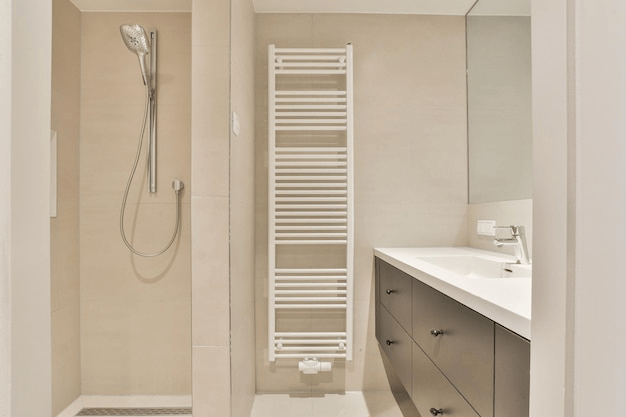
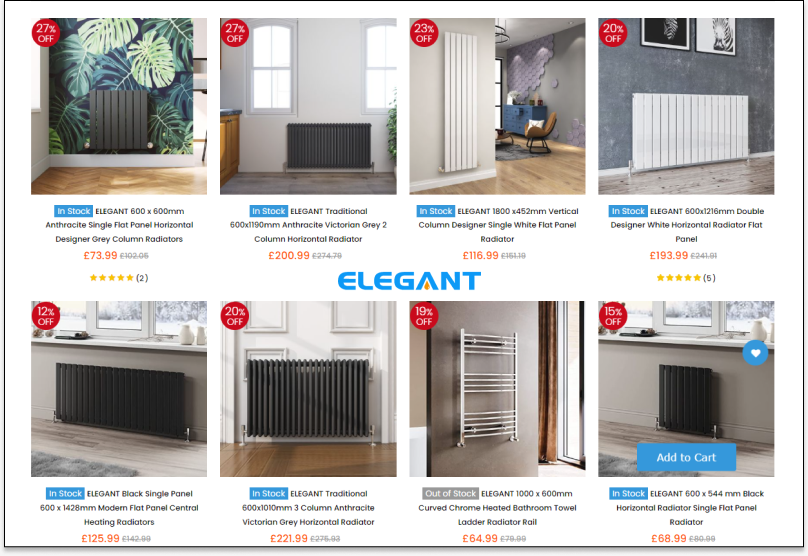

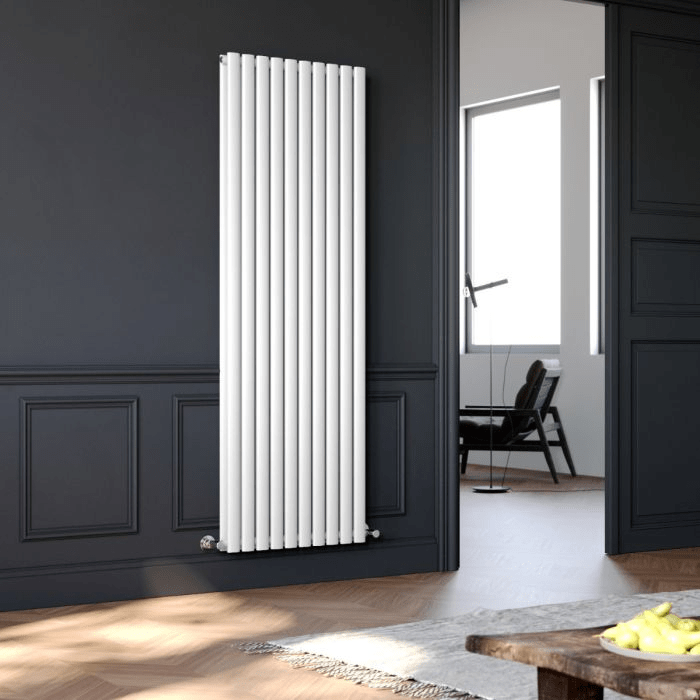
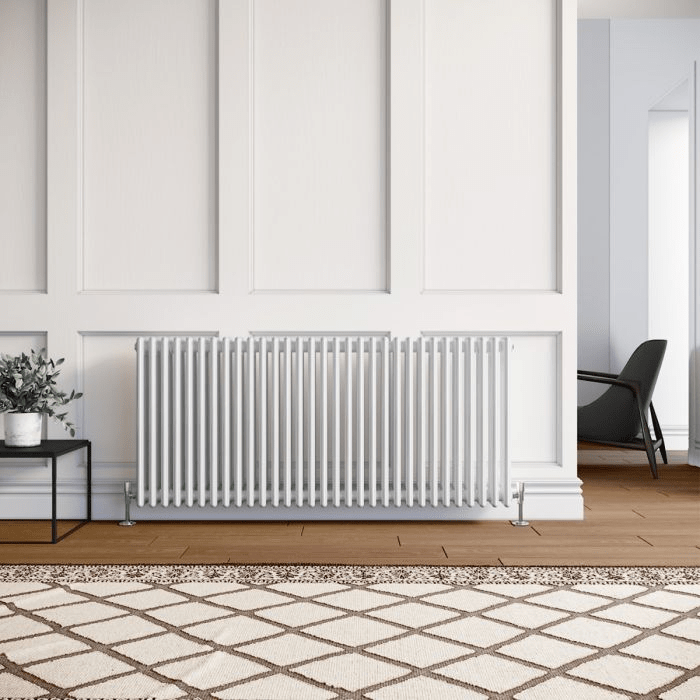
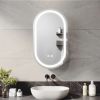






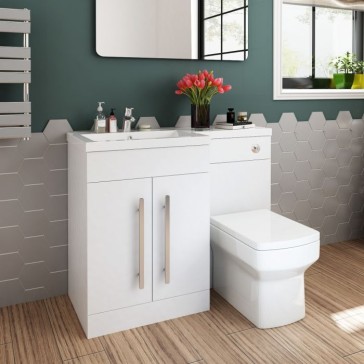
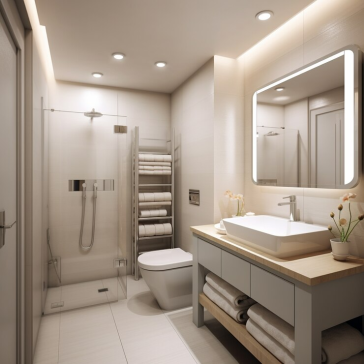
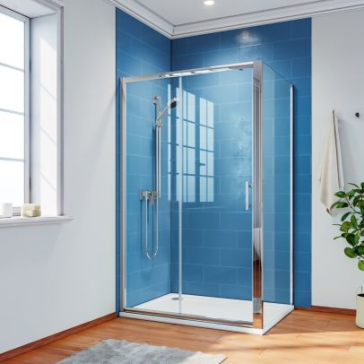

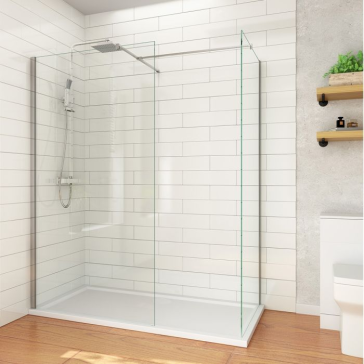
Validate your login